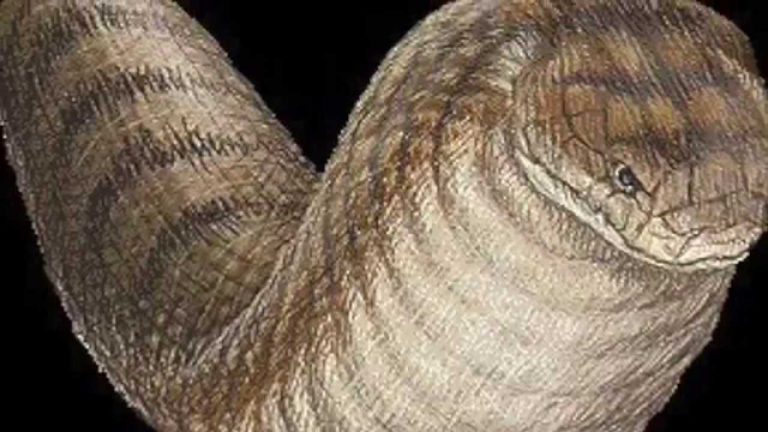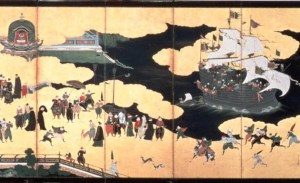According to the Japanese myth, earthquakes are due to a giant catfish known as Namazu or Ōnamazu. Namazu is considered a yōkai that is associated with bad luck and disasters. With the movement of his tail he can make the earth tremble and he likes to cause chaos.
Ōnamazu can only be controlled by the god kashima, who with the help of some corner stones pushes the fish into the depths to immobilize it. However, sometimes Kashima gets tired or distracted from his work and Namazu emerges to cause a tremor.
In Tokugawa time (1603-1868) the giant catfish was a river deity associated with natural disasters, which caused flooding or heavy rain. In older traditions, the Ōnamazu acts frequently as a disaster announcer, warning people of impending catastrophe or devouring water dragons to prevent a calamity.
The earthquakes were explained by the movements of deities or creatures that carried the main islands of Japan. Creatures such as gods, giants, oxen, dragons, snakes or fish were considered as those that carried the islands. For him century XVIII the Ōnamazu replaced all these beings in the popular imagination. During the 19th century and after Edo earthquake (Tokyo today) in 1855, it was considered as a punishment of the namazu to man’s greed, forcing people to redistribute their wealth. Thus, at namazu he was considered as a god who fulfilled the rectification of the world.
The classic images of the namazu (Today there are more than 300) they exist from that earthquake. The artists tried to capture a positive aspect of the tremor, illustrating how after the disaster came a redistribution of wealth. The namazu was also used as satireas it represented a good-for-nothing god, a cowardly creature who only acted when the gods were gone, and as a reference to the aristocracy and inept public servants.
There are several versions of the myth with minor modifications; in some stories the god does not use a stone, but a sword to nail the namazu on the floor. According to another version it is Kadori who controls the catfish with the help of a magic pumpkin. At other times the villain is represented as a giant eel (Jinshin Uwo) or a large beetle (Jinshin Mushi).


